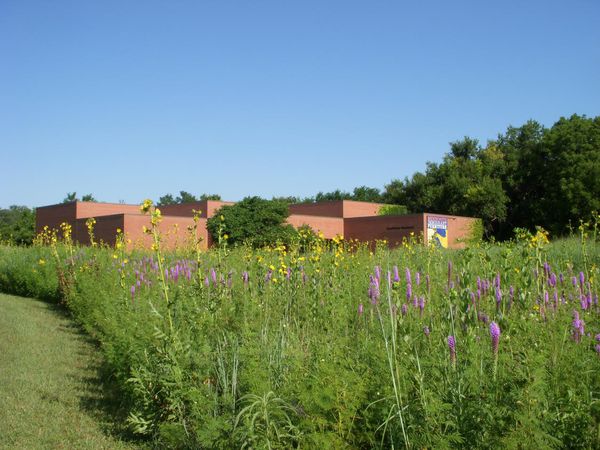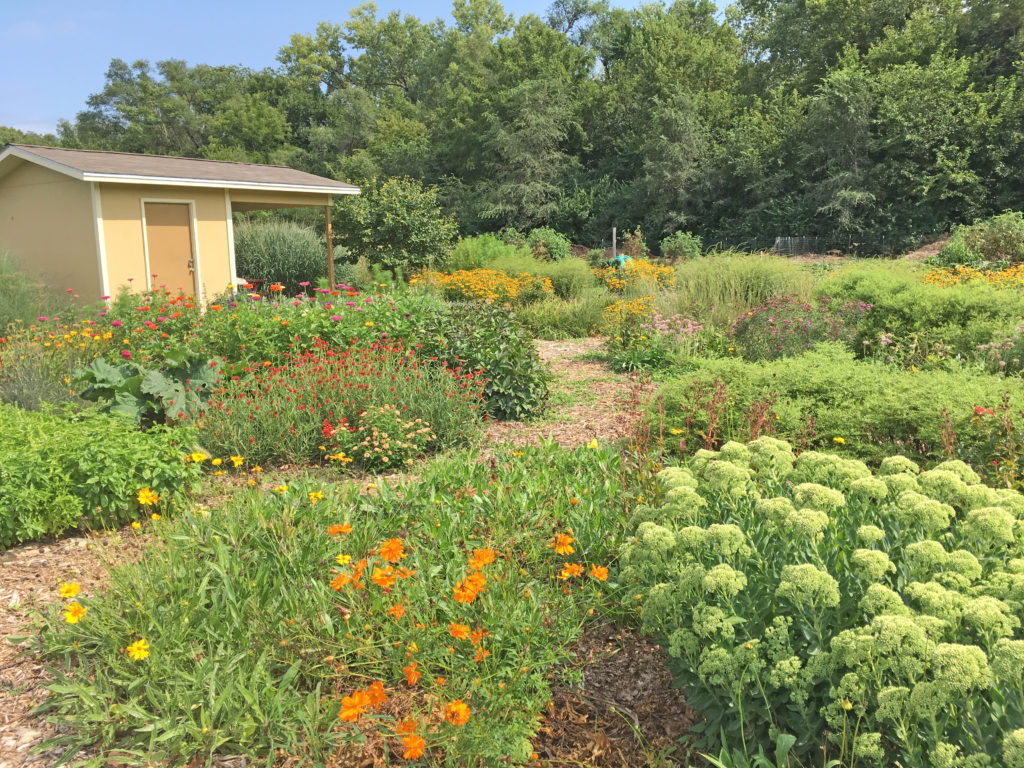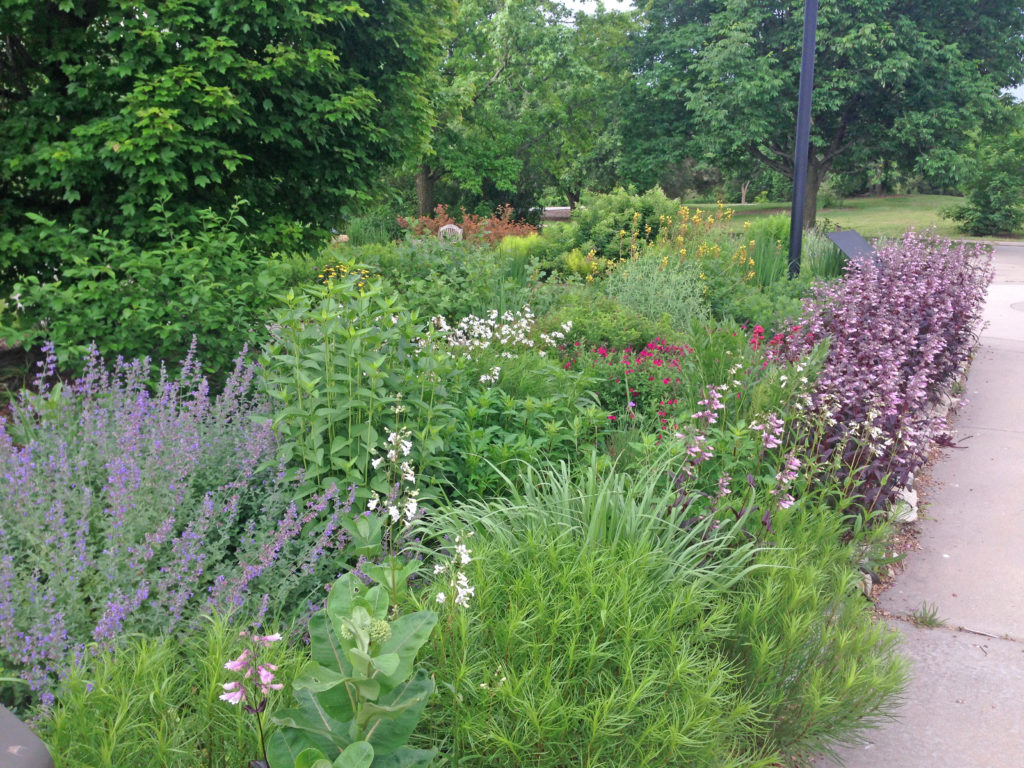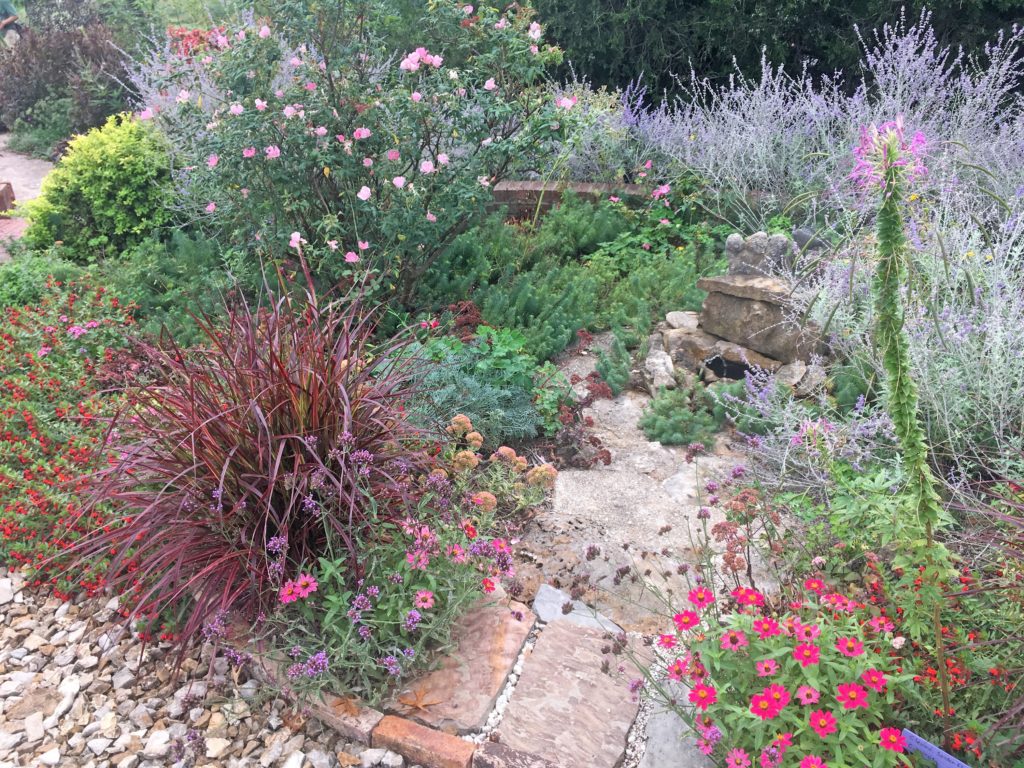This Saturday, February 24 at our Native Plant Landscaping Symposium, 10 inspiring landscapers will share their native plant gardening stories.

A common thread of these landscapers/gardeners (I use these words interchangeably) is that they have each uniquely contributed to my approach and style of landscaping over the years. I have been drawn to their passion for gardening and landscaping. They are botanists, ecologists, master gardeners, landscape artists, and inquisitive students of gardening. Most of them have had successful careers in areas other than landscaping. Yet each considers landscaping a labor of love and finds great joy in working with plants that shape the landscapes around them. Their enthusiasm is infectious. I look forward to hearing their brief prepared stories with photos all being told in a one day symposium format where they can also answer questions. While it is difficult to fit these individuals into specific landscaping categories, I have generally ordered them in speaking sequence from wild and ecological to horticultural and manicured.
I won’t have time to give them each the full and flowery introduction that they deserve. But I will say a bit about their styles and approaches that have influenced me over the last 25+ years.
The Speakers
Dwight Platt was my major professor at Bethel College where I studied biology and environmental studies in the early 90s. He introduced me to Lorna Harder, then curator for natural history at the Kauffman Museum. The two of them were responsible for developing the oldest prairie reconstruction in Kansas on the museum grounds, and I was able to serve as a prairie intern with them before graduating. My appreciation for the diverse ecology of the prairie and how prairie plants can be incorporated into landscaping started with them. They inspired me to pursue further education in ecological restoration and landscape architecture.
Dwight and Lorna’s home landscapes utilize many native plants with a focus on attracting biological diversity to those landscapes. Bob Simmons carries a similar approach. His intimate knowledge of host plants and what butterflies they attract guides his approach to landscaping as well. All three of these folks are passionate knowledge seekers of the birds and butterflies around them. They are regular attendees of annual bird and butterfly counts in Harvey County that contribute to citizen science.
My work at Dyck Arboretum with the Earth Partnership for School (EPS) Program has opened my eyes to the power that native landscaping can have inspiring children. Developing prairie gardens on school grounds offers fun learning opportunities through hands-on, project-based learning. High school science teachers Jay Super (Maize) and Denise Scribner (Goddard) are award-winning educators that have displayed how prairie gardening offers a useful learning tool for their students.
Locally grown food is important to our health and well-being and I have long been intrigued by the mixing of vegetables and native plant gardens in our landscapes. The Sand Creek Community Garden in N. Newton has been an example for me in recent years of how growing vegetables and tending native prairie gardens are mutually beneficial. Attracting pollinators and insect predators can only help food plots and they certainly add interest to gardening experience as well. Duane Friesen was the main organizer of this community garden seen as one of the best in Kansas. And as my father-in-law, Duane has also taught me much of what I know about growing vegetables. Joanna Fenton Friesen has a real eye for designing beautiful gardens with native plants and has been an organizer for the perennial flower beds at the community garden. They each have inspiring home landscapes with vegetables and native plants as well.
Pam Paulsen, Reno County Horticulture Extension Agent, is one of the top education resources in Kansas and she has immense knowledge about vegetable gardening, pollinators, and natural pest management. She is also an avid student of the prairie and a great photographer.
Aesthetically arranging native plants in organized assemblages adds enjoyment to landscaping. It also makes native plant gardening, often seen as unkept and weedy, more palatable to the general public. My colleague, Scott Vogt, has a horticulture degree and has helped influence me in this regard by encouraging plantings in groupings. Duane and Joanna with their eyes for aesthetics and surrounding native gardens with edging and mulched trails have also been influential.
Two gardens that I have enjoyed visiting in recent years have been the home landscapes designed and tended by Laura Knight (Wichita) and Lenora Larson (Paola). Their displays of not only native plants, but adaptable perennials and annuals too have expanded my understanding and appreciation for sustainable landscaping. They also have an appreciation for art in the garden, beautiful walking paths, water features, and weeding – all elements that enhance the garden aesthetic experience. Lenora also pays close attention to choosing plants that offer either nectar or food for insects.
I hope you will join us Saturday and experience even a fraction of the inspiration that I have received from these gardeners and landscapers.






